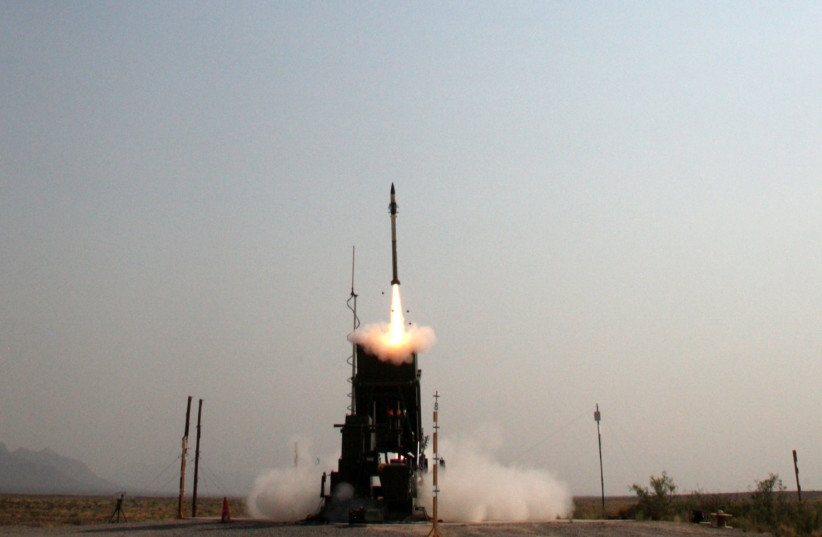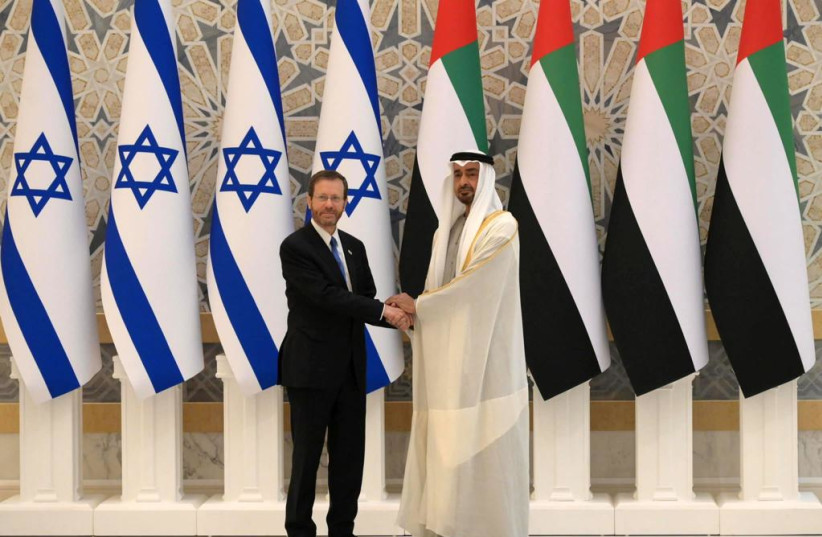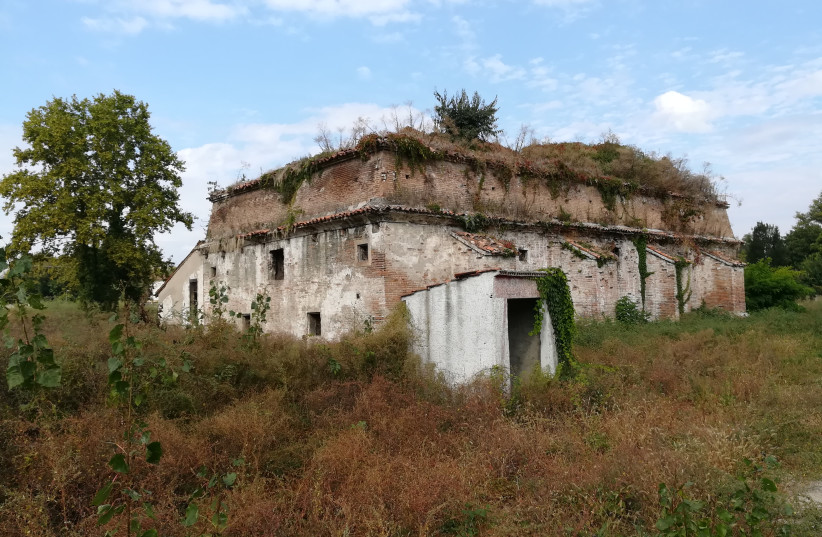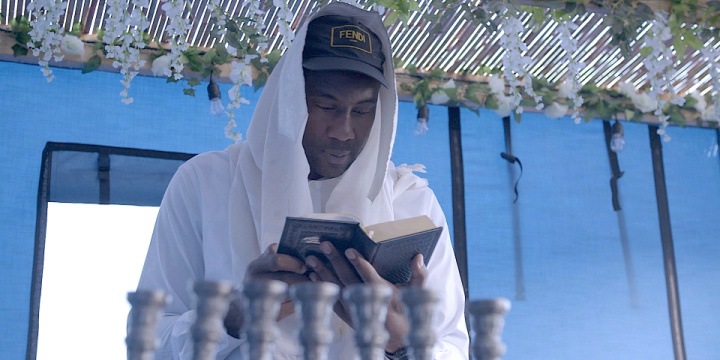 The Day of Judgment for the Trees
The Day of Judgment for the Trees
YANKEV FRIDMAN
Translated by Dalia Wolfson
A Yiddish tale puts a different spin on Tu B’Shevat
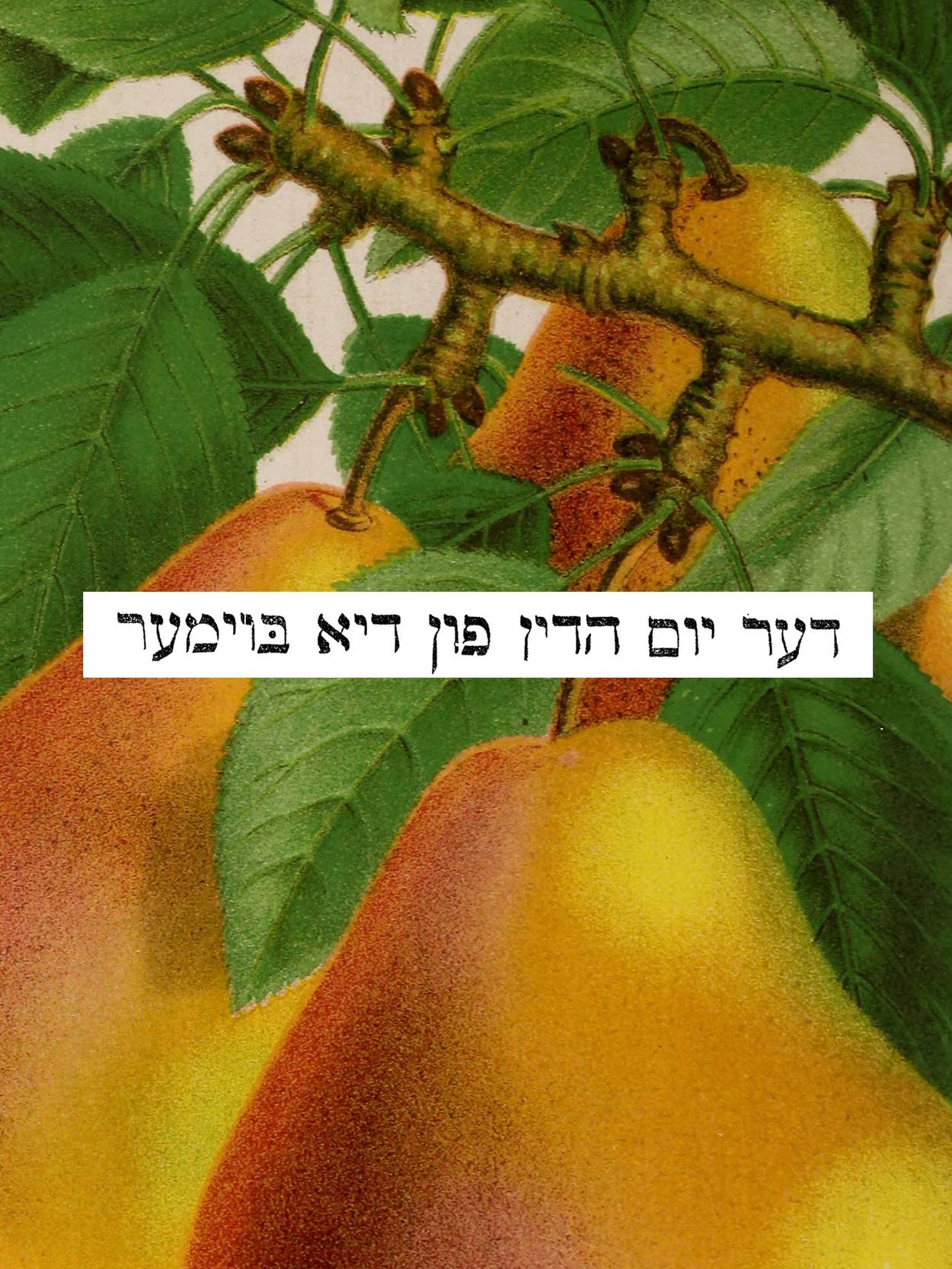
The first teaching of Mishnah Rosh Hashanah famously speaks of four “new years,” among them Tu B’Shevat as the New Year for the Trees. In Jewish law, the 15th of Shevat marks a turning point for the status of fruit, from forbidden to permitted; in kabbalistic tradition, it’s an occasion for a mystical Seder. In this Yiddish story, Tu B’Shevat resounds, instead, with the awe of the High Holiday season: It is the arboreal Day of Judgment. The trees stand trial, while the prosecutor and the defense argue their cases with Talmudic proofs. Published in 1904, Fridman’s fable presents a dark and unsettling take on the notions of sin, merit, and justice before the Heavenly Court.
Though the trees intone hymns and three times a day they sway with praise for His beloved Name, He who gives them sun and rain in their season; though the trees persist in exalting the One whose praises cannot be exhausted, who told humankind that grapes are delicious and olives rich, so that they should be ripped and eaten; though the trees have never strayed to another, they do not even know the taste of their own fruits—still, their hearts flutter: perhaps they are not pure of sin …
But the great, massive trees with their wide branches—they, who hoarded the sun’s warmth for themselves, hiding its shine from the others; they, who were the first to be dampened with fresh dew drops and the last to fall in a storm; they, who looked upon the lovely flowers and youthful saplings with bare condescension, at times sparing them a few rays of sun—these trees stand tall and secure. Such trees need not tremble on the Day of Judgment! Satan himself has not enough power to accuse them. And when they do join the others in their appeal to the heavens, it is a gesture of goodwill.
And the hoarse cry of a shofar sounds through forest and garden. A branch cracks, the wind howls. The trees strike Ashamnu and the whole forest quivers and trembles before the mighty and awesome Day of Judgment.
It is winter, and the trees, poor things, are frozen from the cold. Branches that once bore fruit are shriveled now, stooped under heavy snow. Fruits lie gathered in cellars; no one cares for the trees until they are needed once more.
They were told that winter was for their sake; granted to them, to rest and gather strength for the summer, to grow and to bloom. They were told that winter would only last three months, it would be over quickly, and then a sweet spring would arrive, with its fields of flowers and fragrant breezes, brilliant sun and skies …
And the trees, God’s precious creations—with the power to nourish a world but not a drop of intellect—do not ask of what use this summer may be; as though they had forgotten that their shadows shielded others, their fruits nourished someone else. And so they wait for spring, hoping for summer.
And in the summertime? They struggle to support fruits they can barely lift; too often a branch breaks from the unbearable load, a tree withers before its time. But things are a touch happier. From time to time a warm ray alights; one is sprinkled with dewdrops. Though there’s not much to enjoy, one forgets his troubles, the noise all around, savoring the sensation of pride and vengeance as humans walk past another tree that has borne less fruit …
But now it’s winter and oh, how difficult it is to live in such bitter cold! Oh, how difficult to withstand a storm! It is a strange winter; it started already in autumn, and now it stretches on endlessly, unceasing. Who knows how long it will last? And what if, heavens forbid, they receive a damning decree on the Day of Judgment?
And the hoarse cry of a shofar sounds through forest and garden. A branch cracks, the wind howls. The trees strike Ashamnu and the whole forest quivers and trembles before the mighty and awesome Day of Judgment.
The court is ready; the prosecutor reads aloud the record of sins.
The first accused is an apple tree. His branch felled a neighbor’s fruit, and for this sin he will be judged.
And he weeps, the accused, swearing he is not guilty. A rascal threw a rock that hit his branch; the branch, bending over in pain, felled the fruit.
“He defends himself!” the prosecutor cries. “He asks for mercy: This is proof of guilt. Next.”
The defense counsel tries to rise, but they won’t allow it. An admission by the accused is worth the testimony of a hundred witnesses. No further claim can redeem him.
The grapevine is second on trial. He has made souses who have succumbed to drink.
And the vine, he bursts out laughing:
“Drinking is a crime? Then may their mouths be stopped up! I forced no one!”
The defense counsel rises. The prosecutor does not stop him; he appears to be asleep.
“Is it really the vine’s fault,” the defense counsel opens, “that they drink themselves to intoxication? His wine is sweet and strong—a joy for God and man. To punish him would be a crime.”
“The mouse does not steal the food—the hole does,” the prosecutor cries out, then catches himself. It is pointless.
Next is the cherry tree. A bird of prey poisoned itself from his berries.
The court rings with cries: “Murderer! Murderer!” The tree quivers in fright.
If only it would quiet down, the murderer could defend himself: The bird of prey devoured his choicest fruits! He is not guilty that the cherry juice turned to poison as the bird stuck its tongue inside. But the clamor of the bird’s party and the cries of “Murderer!” silence him.
The defense counsel is lost for words, and the prosecutor yells and carries on frightfully. The court is glad when the case is quickly resolved.
The olive tree is fourth. His sin: drawing from an unkosher source …
The audience lets out a wave of astonished cries as the olive tree approaches. Him, under trial? They do not understand.
Glancing around, the olive tree stands calm. It’s no simple matter, charging an olive tree.
The defense counsel finds a merit: One uses his oil for the menorah. The wicks of the Eternal Flame are soaked in its fats. Therefore …
He needn’t say more. This is a fine merit. And if it draws from an unkosher source, then, G-d forbid, the menorah would be unfit, the Eternal Flame impure … The prosecutor knows this, and lets him continue.
And so it goes, tree after tree, some of them proud and assured, others stooped and broken.
And when no accused remain, the sexton of the court reads the verdicts aloud:
“The apple tree confessed to felling the fruit of his neighbor. The righteous court sentences him to grow without rain.”
“The vine’s claims have been accepted. He is not guilty.”
“The cherry tree is a murderer. He confessed, and must therefore give his fruit to the bird of prey in perpetuity. His confession has saved him from death.”
“The holy olive tree is pure.”
“And this tree … and that tree …” The list continues until the last defendant.
And when the court hall empties, the prosecutor and the defense counsel smile, watching the trees depart. They are pleased with their compromise.
Zawartość publikowanych artykułów i materiałów nie reprezentuje poglądów ani opinii Reunion’68,
ani też webmastera Blogu Reunion’68, chyba ze jest to wyraźnie zaznaczone.
Twoje uwagi, linki, własne artykuły lub wiadomości prześlij na adres:
webmaster@reunion68.com


